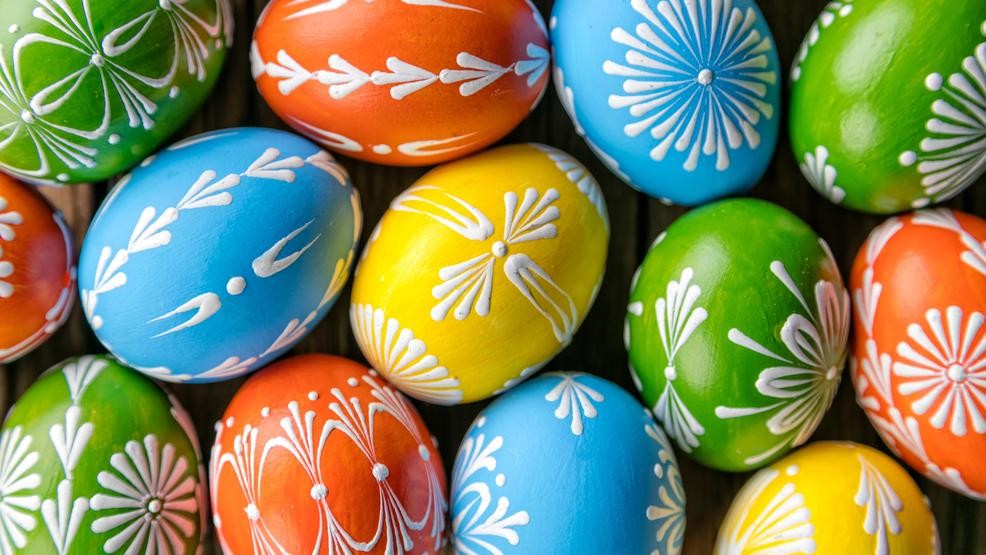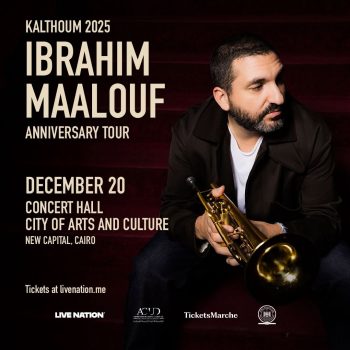Featured image via Mail Tribune
A common misconception in Egypt around the spring holidays is that Sham El Nessim and Easter are the same things and that they’re just Arabic and English names of the same occasion. But sorry to break it to you, in case you still don’t know, they’re completely different holidays that just happen to come around the same time.
Easter Sunday
So, Easter is one of the oldest occasions that the Christian Church celebrates in the memory of Jesus’ resurrection. But why do Egyptians and Westerners celebrate Easter on different weeks? Well, the Western Church celebrates it on the first Sunday after the full moon following the Northern Spring equinox; which is usually some time between the 21st of March and the 25th of April. However, Egyptian Christians celebrate Coptic Easter later because the Orthodox Church follows the Julian calendar, while the Western Church follows the Gregorian. This explains why Coptic Easter normally falls on a Sunday between the 4th of April and the 8th of May.
What about Sham El Nessim?
This one here is an Egyptian national holiday, celebrated by both Muslims and Christians alike. Sham El Nessim dates back to Ancient Egypt, predating both Christianity and Islam, and celebrates the arrival of Spring.
The festivity’s name comes from the ancient Egyptian word “shamo” which means “the harvest season”. Later, when Egypt was under the rule of the Roman Empire, the festivity was integrated with the Christian Easter holiday, which explains why it comes on the following Monday. Then, when Egypt became an Arab country, Shamo gained its Arabic name, Sham El Nessim, which translates to “smelling of breeze”.
So why do both festivities include egg colouring?
Eggs are simply a symbol for rebirth, and since both occasions celebrate new beginnings and fall on the same week, it made sense for them to share this symbol.
Since we’ll all be staying home this year, you might as well want to check out our ideas on how to spend your Spring/Easter break in the time of quarantine.






